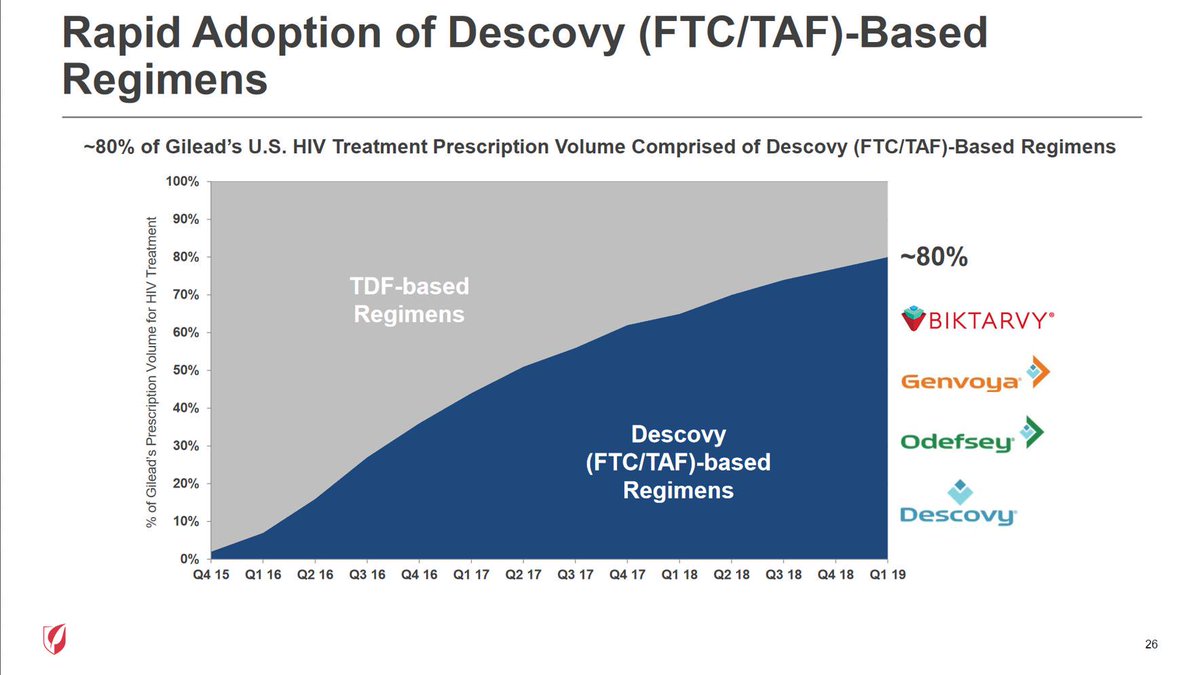Are you remembering your annual disaster prep? Are you set for quakes, storms, fires, floods or whatever applies to your region?
Those disasters aren’t going to hold off while we focus on the pandemic.
A lot of your pandemic prep can double up.
You’ve got personal supplies at home to reduce grocery trips. You’re doing social check-ins with an out-of-area contact. You’re carefully checking on neighbours, maintaining social connectivity while physically distant.
1. Find your local officials & info sources to Follow on social media.
emergency management
police, fire, public safety
utilities, transport department
politicians
local news
Do it for city up to national.
In the transition to text for emergency alert notifications, a lot of jurisdictions are now a voluntary opt-in system to receive disaster broadcasts.
I sign up for my home, surrounding cities, & a few others (my parents home, my BFF’s...)
Many disasters have tight geographic confines, so pick someone you know will be outside of it to coordinate communication.
Make sure your local kid all have that contact’s up-to-date info.
Even if you don’t do any other prep (please do), think through scenarios now while you’re calm.
FutureYou will be stressed, scared, & busy trying to survive. Do them a solid by doing as much thinking & decision-making now as you can.
Bonus: write it down.
Blank plans:
www2.gov.bc.ca/gov/content/sa…
Pick the basic plan for your circumstances, download it, edit for your jurisdiction, then start filling out a little more each day.
I’m serious!
If you have a pet, they depend on you for forethought & opposable thumbs. Include them in your disaster plans.
Always having a current pet/owner photo is backup ID if you get separated.
Modifying your home to be more resilient depends on what disasters you face, but easy access to shoes is universally helpful.
The last thing you need when ripped from sleep by chaos is to hurt your feet when you flee.
Check with your municipal emergency department and regional geologic & weather agencies to determine geographic hazards. Also try libraries, universities
US: USGS, NWS
Canada: NRCan, Environment Canada
Tip: floods & fires are everywhere.
Phones are information source, communication tool, and psychological comfort.
Tuck charging cables (& external battery?) in emergency kits, purses, diaper bags, cars... everywhere you can.
The very first people on scene during a disaster are those physically closest to you: your neighbours. The tighter your community connectivity, the better your resilience.
Keep physical distance during pandemic, but check in.
10. Put together a Grab & Go Bag.
Load up an old bag with what you need if you have 3min to flee your home. Assume the city is intact & you can sleep at a hotel or on a friend’s sofa.
Tip: a diaper bag is a go bag for infants
Many checklists exist, but prioritize what you need (meds, glasses), what you want (toothbrush, clean undies, charger), what brings you comfort (book, candy, cozy socks)
It can double as a pandemic hospital bag.
But you don’t need to do everything right away. You can start with the small stuff & work your way up. Do what you can when you can.
Anything is better than nothing.
Assume regional emergency response is overloaded. Assume evacuation centers are in use for quarantine. Assume we’re stretched too thin.
Mississippi Valley is being threatened by tornadoes.
Spring melt brings floods & landslides.
Fire season is coming.
Hurricane seasons will be here too soon.
It sucks and it’s stressful, but we can’t just hold our breathes and hope. We need to prepare now.
Keep your compassion front & center.
Stay quiet.
It seems small & easy, but it’s life & death for other people if you can pull it off.
Everyone is making the best choices they can in their individual context. What’s the best choice for you doesn’t make it the best (or even feasible) choice for someone else.
More (by me on 2018 hurricanes): blogs.scientificamerican.com/observations/d…
Communication gets chaotic & spotty during disasters. Social media can be a lifeline for people needing help or seeking legitimate news & official updates.
Thoughts, prayers, judgements, & viral fakes are life-endangering noise cluttering disaster hashtags.
If you want to talk about current events or do at-home analysis, use the disaster name without #. It’s searchable, but not amplified.
I’ve tweeted on COVID19, but I haven’t used the hashtag because I work in geological disasters & disaster communication, not public health.
But if you can do a little prep now, if you can Follow your local disaster agencies or take a pet-selfie or charge batteries, you’re giving your future self more options.
Stay safe as you can. 💜





